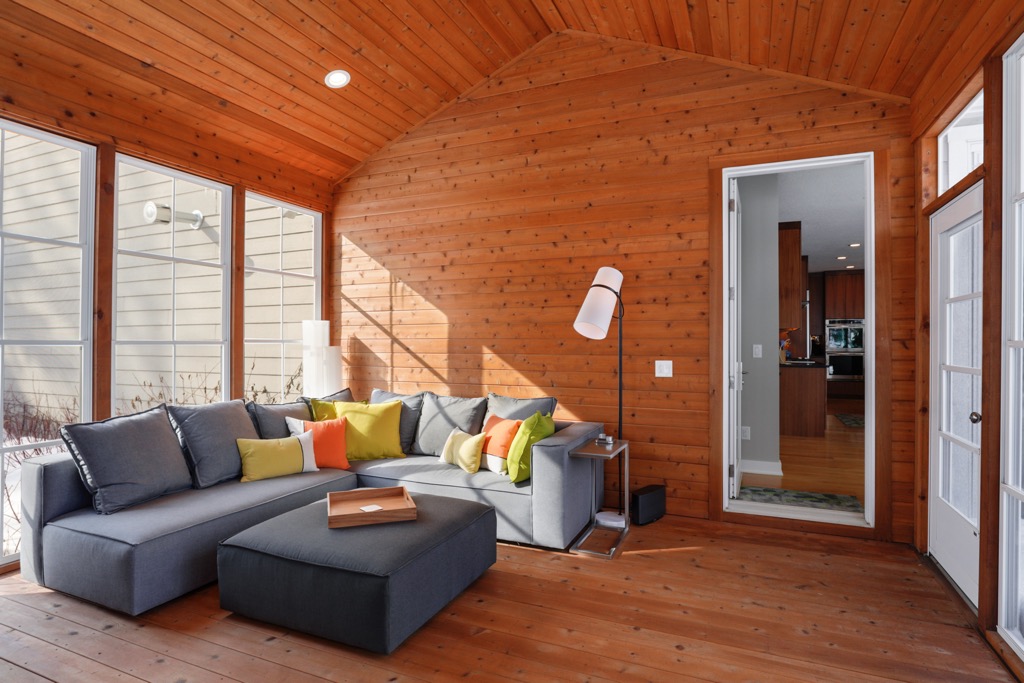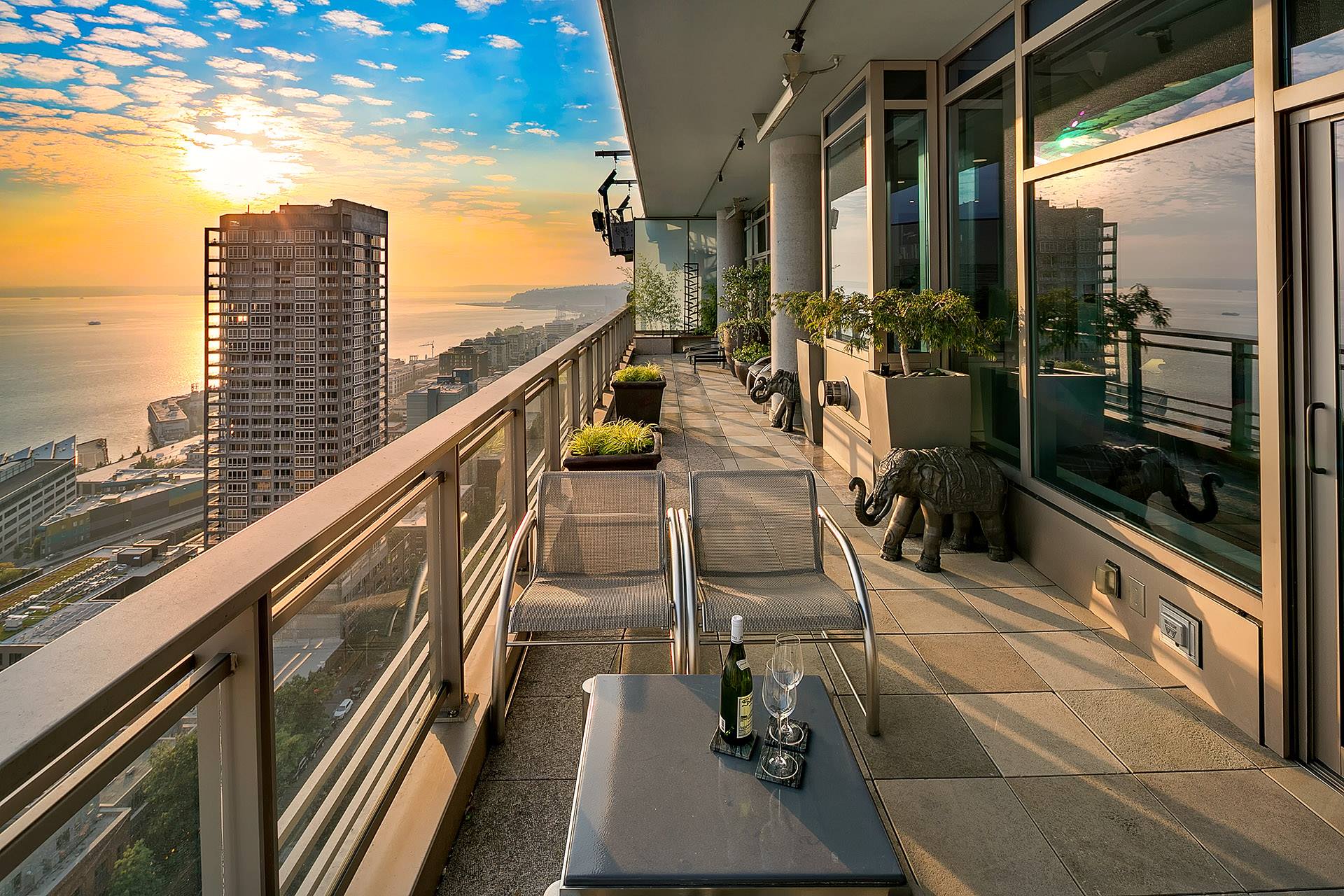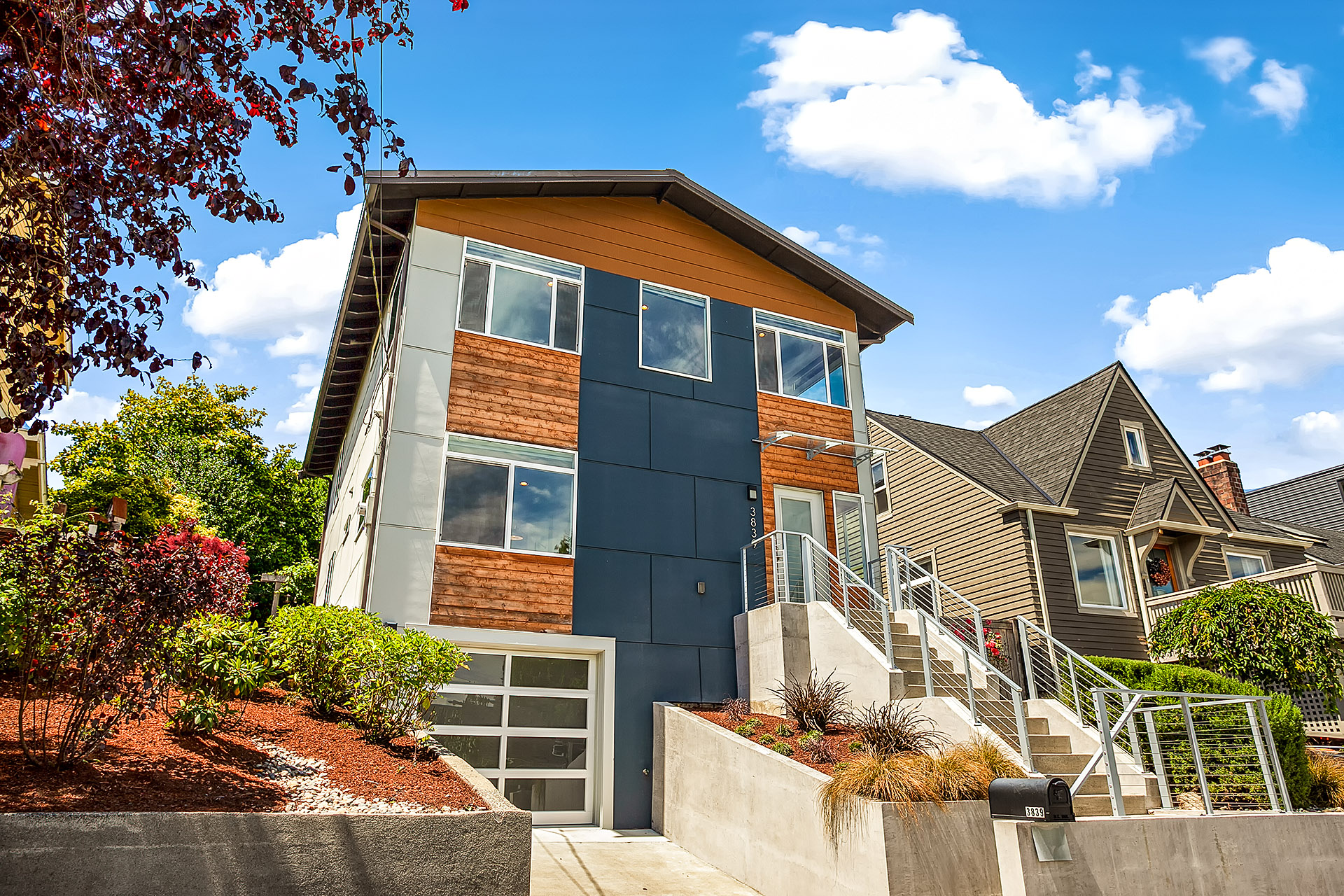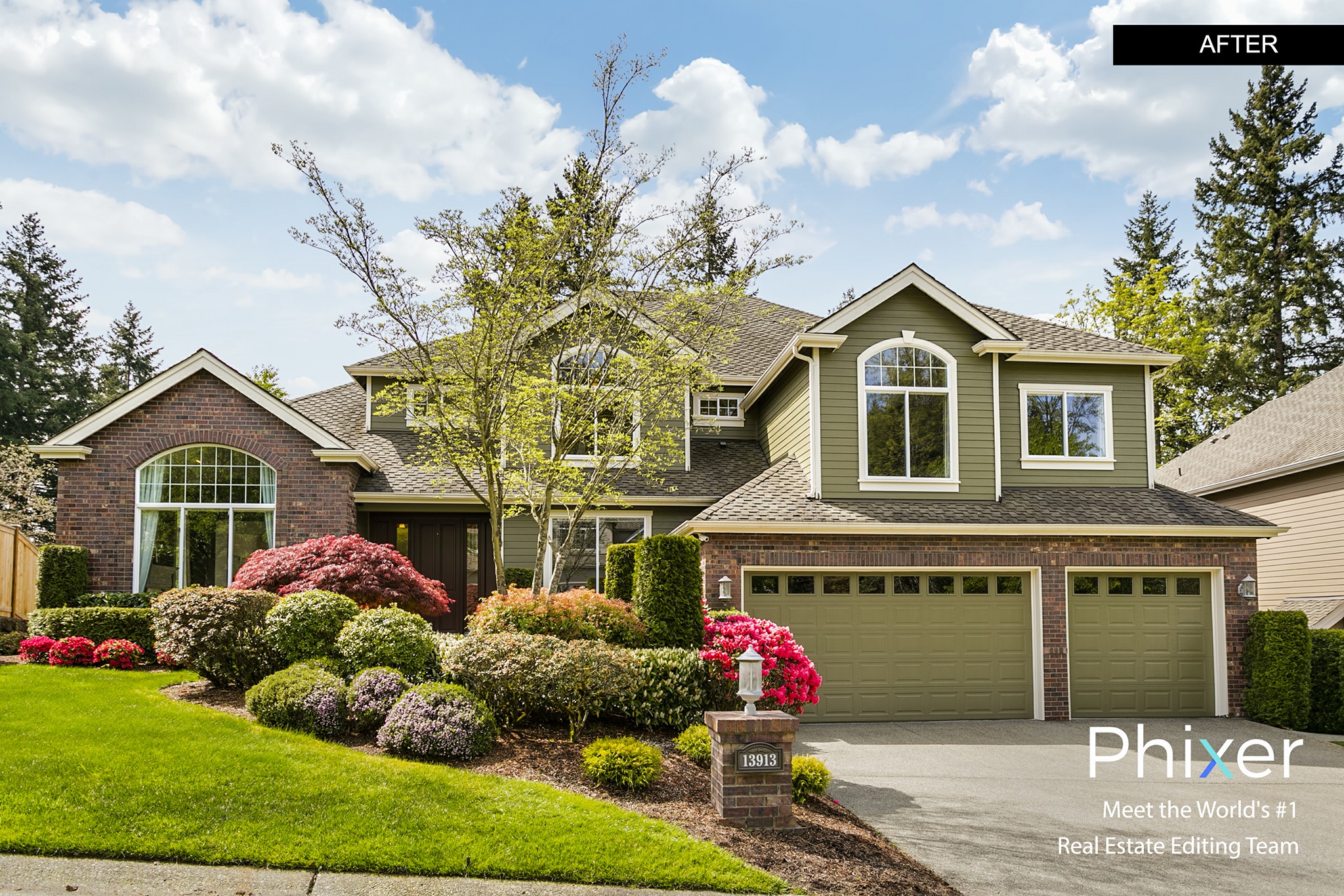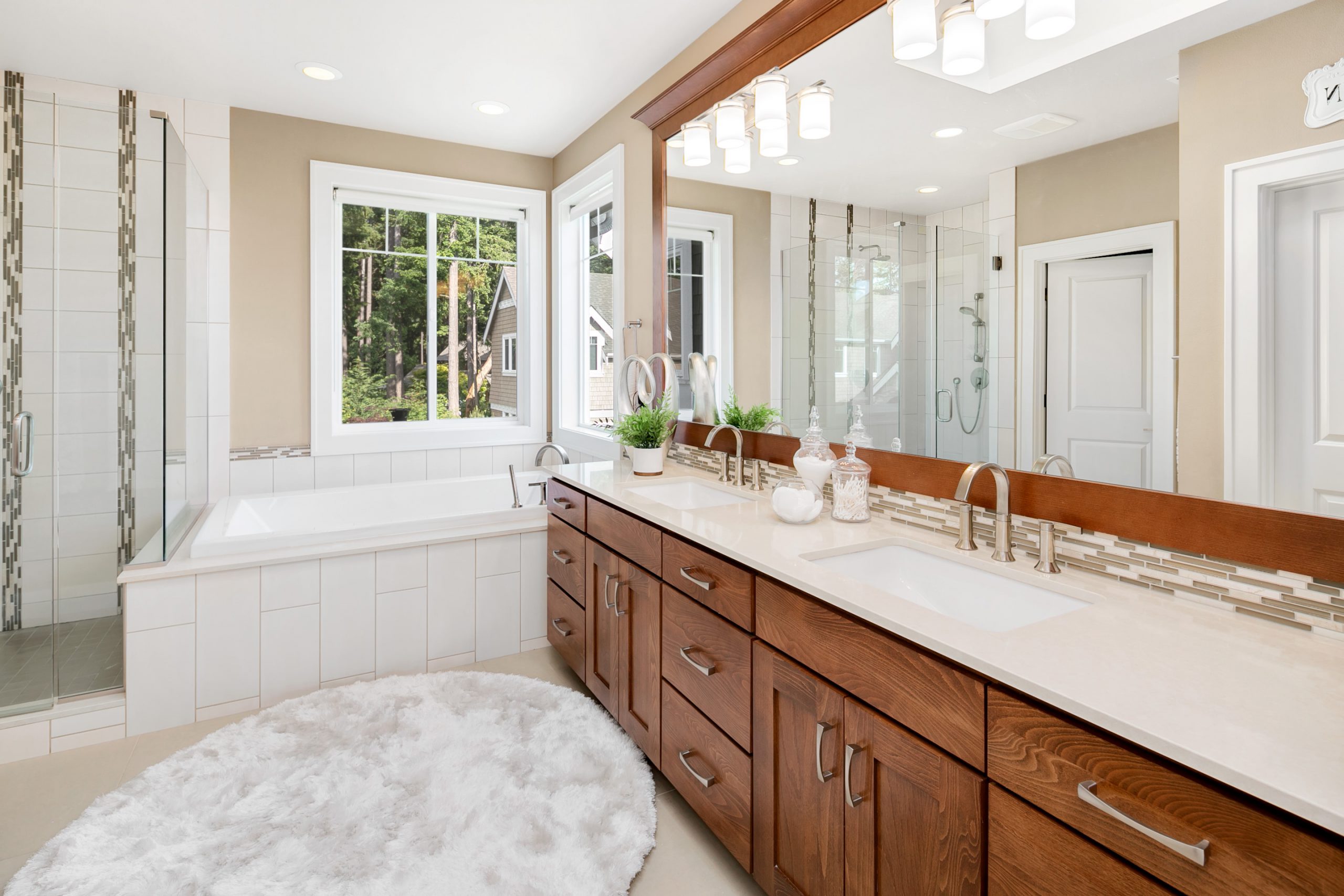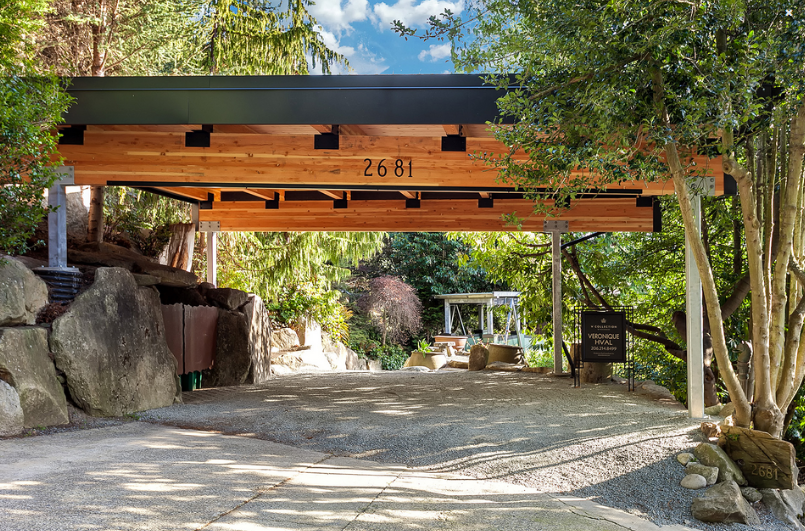Adobe Lightroom Plugins for real estate photo editing assist you in creating an impeccable visual presentation to your target market. It comes with full features and functionalities, providing everything you need to work on your project.
 As you know, Adobe Lightroom is one of the most sought-for post-production tools for photographers – giving better features to come up with excellent images. It provides more color to your real estate presentations that entice customers from different online platforms.
As you know, Adobe Lightroom is one of the most sought-for post-production tools for photographers – giving better features to come up with excellent images. It provides more color to your real estate presentations that entice customers from different online platforms.
Moreover, the following Adobe Lightroom plugins we are going to present you come with unique specialties, depending on the photos you are going to edit. That’s why beginners can use the application without too much trouble.
Each Adobe Lightroom plugin’s preset has various specialties and presets. So, you can use the one that will complement your visual presentations.
Here are the ten best paid and free Adobe Lightroom plugins you can install for real estate photo editing:
1. LR Backup
When it comes to photo edition, you need to have a tool with a different purpose. Even this plugin doesn’t work on the primary editing process, it can help you to back up your tour catalog – which is one of its best features.
If you have an extensive database of images on your computer, you probably need something to back up your files to avoid losses if some problem occurs in the future. Also, the difference of using this LR Backup plugin from the standard backup tool is that it contains a Lightroom catalog. With that in mind, you can also back up your files manually and create backup scheduling without leaving the program.
Moreover, it compresses your files when you back them up, which is an essential factor when you have large files in hand.
2. The Fader
This is the plugin that creates a preset for opacity slider. It is one of the tools to process and take control of other devices from your Adobe Lightroom. You can see how The Fade functions well when you use it on your presets.
3. Sleeklens
The purpose of this paid plugin is to take care of your exterior and interior houses through the use of brushes on your Lightroom. It enhances your photos in a few clicks, or you can create different styles according to your taste.
4. Focus Mask
If you need to choose one from your two shots, this plugin will help you decide better. Since it highlights the image’s main focus, you will know the images you need for your real estate visual presentation.
Here’s another plugin that you will need for HDR processing through exporting bracketing photo sets on the Photomatrix Pro Lightroom library.
6. Photolemur
This paid plugin comes up with the complete AI edit to give you the best effect and edited output possible. You can do this only by a few clicks, and making basic changes from your end. Since it comes with AI or Artificial Intelligence tool, it gives the best effect that will enhance your real estate images.
7. VSCO Film
If you are looking for the plugin with various presets, this one wins. You can choose one of the presets to edit your image, or you can play with the settings to come up with the best style or colors. Another way is through improving the built-in presets to complement the color and shade of your images.
8. Winter Wonderland
Here’s a plugin to search for presets that are perfect for cold or winter weather [link].
9. Grain and Film
If you are into vintage images or retro film kind of taste on your photography, this plugin has the full features to come up with what you had in mind [link].
10. Kodachrome Film Presets
When you are into a movie or drama style of presents, then this one is for you. However, keep in mind that this type of presets doesn’t work with everything. You need to look for the right images that would fit [link].
Adobe Lightroom Plugins Installation Process
With Adobe Lightroom’s preset plugin, the installation is the same with others.
• Of course, you have to download the zip files from their websites; then
• compress and move them on your desired folder.
• Just go to your “Develop” tab section.
• Right-click on the preset’s module, and you will see the “Import” option right away.
• It will redirect you to your folders with downloaded presets; then
• Click on the “Import” button.
